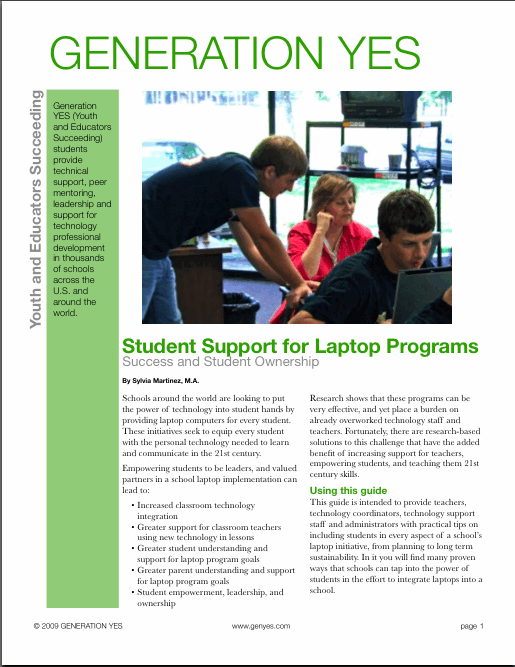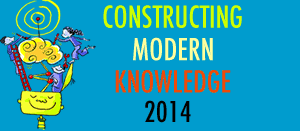“Even as I write this, I am amazed at how much kids did in just 20 minutes. I can’t wait to see where they go next and what they do when I introduce ideas such as storyboarding, clay animation, etc. It will be interesting to hear their conversations about the things they notice outside of school-times when photos are manipulated, etc I didn’t realize how much they would learn from this one tool.”
via A Year of Reading: Discovering the Possibilities of Stopmotion in Grades 2-5.
People ask me all the time - so what does project-based learning look like? This blog post is a great example of a teacher explaining just that. It’s the details that stand out - the choice of a good tool, the thoughtfulness of finding the right balance between too much or too little initial instruction, and the reflection on what happened.
People think that project-based learning is more difficult for the teacher, but this article points out that the teacher used the same tool and same lesson plan for grades 2-5. The projects were age-appropriate and varied because students brought their own experiences to their projects, not because the teacher designed the lesson differently.
I often ask teachers to share in sessions what happens in their classrooms when they allow these experiences to unfold. These stories share a sense of wonderment at what students are capable of when given the chance. Yet it’s hard to explain exactly how this happens or what the teacher does besides “let go.” To many people, project-based learning seems like an “if you build it, they will come” kind of mystical promise.
Articles like this explode some of that mythology. It’s clear that the teacher is actively guiding students in their natural pursuit of learning. And it’s clear that for technology based projects, open-ended tools like Frames allow students to not only succeed quickly, but support longer and deeper experiences as students gain fluency.
Please read Discovering the Possibilities of Stopmotion in Grades 2-5!
Sylvia



